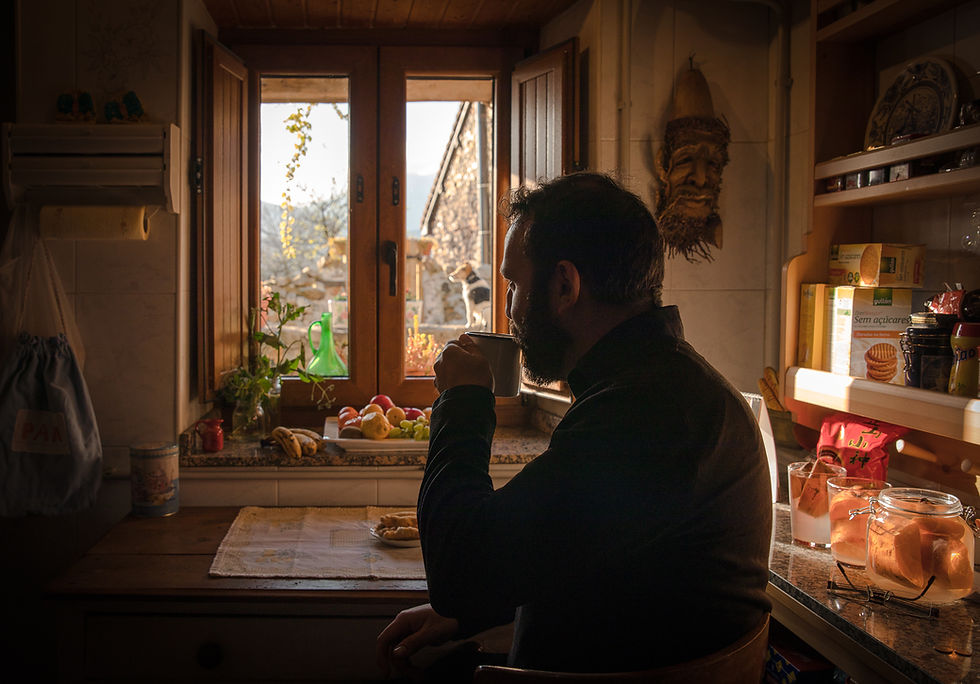MOVING THE WORLD WITH WORDS
- ELISABETH BRENTANO
- May 27, 2019
- 2 min read
Updated: Jan 27, 2022

Earlier this year I was approached by Smartling Inc., a language tech startup, to produce a photo series on some of the translators they work with all over the world. The idea behind the project was simple: if we could put a spotlight on the human element, which is so often overlooked in the digital age, perhaps we could realize how words with meaning come to life. From the rural state of Asturias, Spain to the bustling city of Sao Paulo, Brazil, I traveled all over Europe, Asia and South America to document the lives of a dozen translators — and show how their passion for language is connecting people across the globe.
When I first chatted with Adrian, Smartling’s director of brand strategy, I was curious as to why the company was so interested in my shooting style. While people are a very important part of visual storytelling and I incorporate them into commercial and editorial assignments, my focus (and passion) has always been nature. But after doing some digging on Smartling (and watching their “Anywhere, Today” video, which Adrian produced), I was intrigued. I began to see why my eye and voice might be a good match for this project, and after my first meeting at Smartling headquarters in NYC, I became very curious about the language industry, which generates a whopping $40 billion in revenue annually. Not only would this assignment be an opportunity for me to grow as an artist, but it would be a fascinating learning experience -- and I'd get to meet some incredible people.
It was also a good test of toughness and independence. Though had been to Japan, Germany and France (and I frequently travel solo in the U.S.), this was my first time in Italy, Turkey, Brazil, Argentina and Spain. While I speak decent enough Spanish, I don’t claim to understand much of any other language, so getting around was a bit challenging at times, especially in Istanbul and Nagoya. As an American, it’s easy to assume that the internet (and even the world) is in English, so when you are thrown out of your element and there is a communication barrier, it really helps you see the value — and necessity — of translation. Having traveled to six continents and 40+ countries, I would consider myself to be well traveled, but this trip was definitely a reminder that I have so much to learn — and so much more to see.
These are a few of my favorite photos from the project, more to come...
























Comments